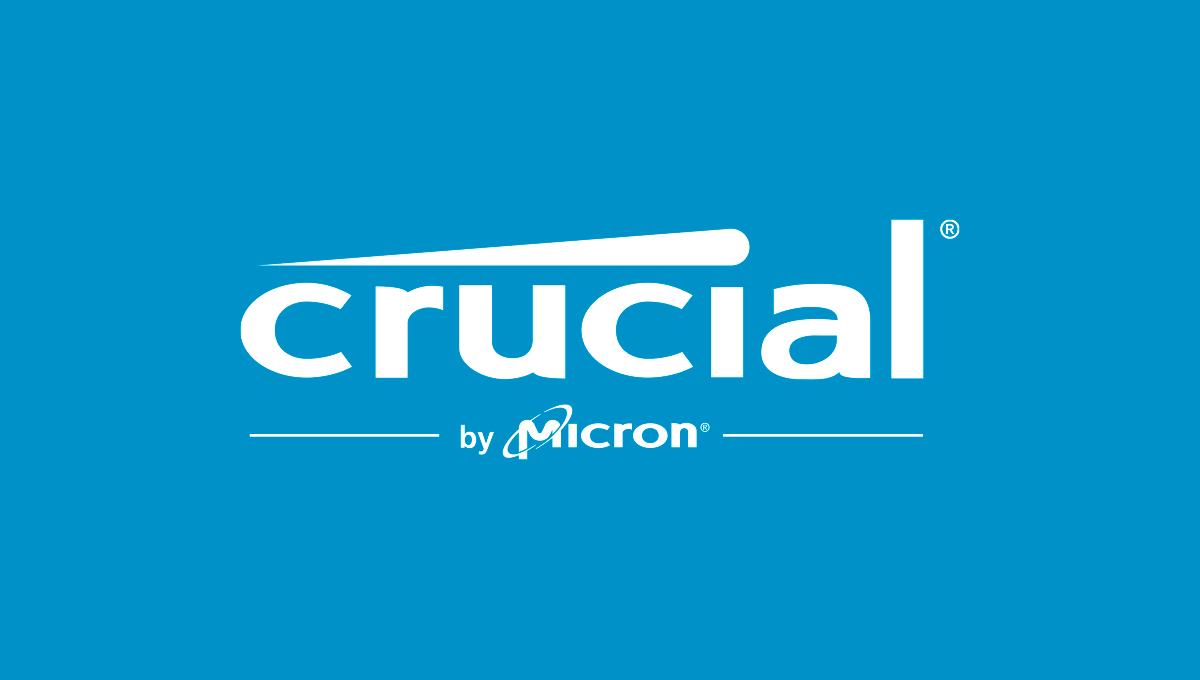Hello.
From what I was able to read here, this EVO 870 is cursed. No series new or old is usable.
In crystaldiskinfo, I got on 870 reallocated sector count 1159. I also have a Samsung 850EVO 256GB and 860EVO 1TB and in them no problems, reallocated sector count 0.
Initially, I wanted to ask if it makes sense to return it under warranty, because the warranty is 5 years and I bought mine in February 2021. Only even if Samsung were to send me a new drive, the next one may have the same problem and I will lose data again.
I'm more wondering what drive to buy now so that there are no problems with this EVO 870.
Currently I already have quite old MOBO msi z170a gaming pro carbon. It has one M2 connector so I thought I might buy an M2 SSD. It is true that MOBO only supports gen 3, but the price difference is small between gen 3 and gen 4, the most its potential will be used on the new MOBO in the future.
Only now I do not know which of these is worth choosing Samsung 2TB 980 PRO without heatsink or with heatsink?
However, should you bet on the 970 EVO plus gen 3, or something on SATA or M2 only from another company?
From what I was able to read here, this EVO 870 is cursed. No series new or old is usable.
In crystaldiskinfo, I got on 870 reallocated sector count 1159. I also have a Samsung 850EVO 256GB and 860EVO 1TB and in them no problems, reallocated sector count 0.
Initially, I wanted to ask if it makes sense to return it under warranty, because the warranty is 5 years and I bought mine in February 2021. Only even if Samsung were to send me a new drive, the next one may have the same problem and I will lose data again.
I'm more wondering what drive to buy now so that there are no problems with this EVO 870.
Currently I already have quite old MOBO msi z170a gaming pro carbon. It has one M2 connector so I thought I might buy an M2 SSD. It is true that MOBO only supports gen 3, but the price difference is small between gen 3 and gen 4, the most its potential will be used on the new MOBO in the future.
Only now I do not know which of these is worth choosing Samsung 2TB 980 PRO without heatsink or with heatsink?
However, should you bet on the 970 EVO plus gen 3, or something on SATA or M2 only from another company?


 )
)








